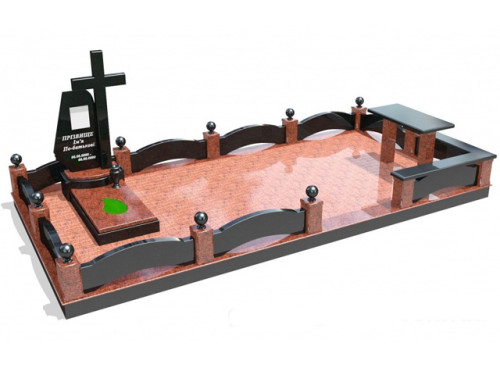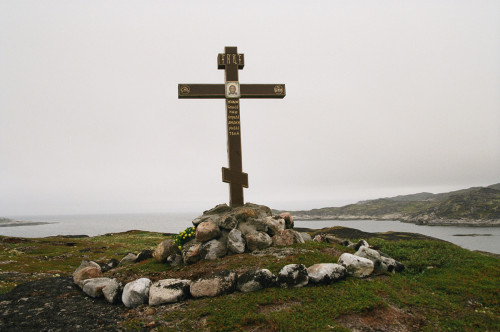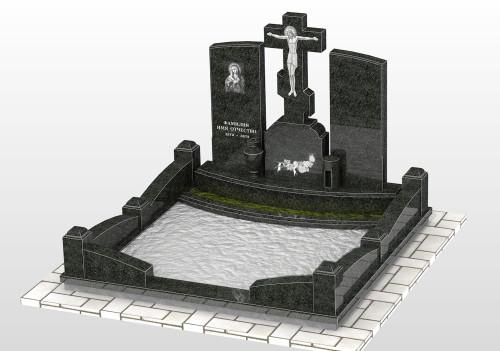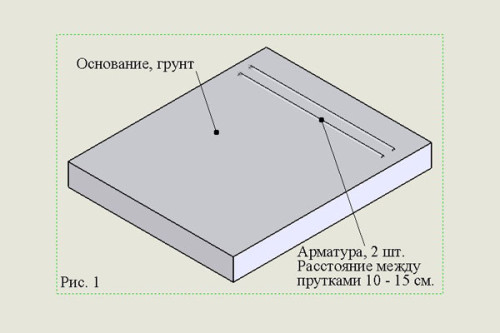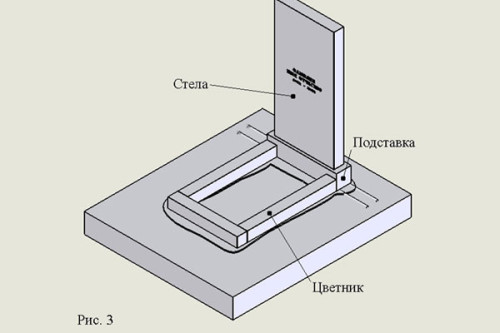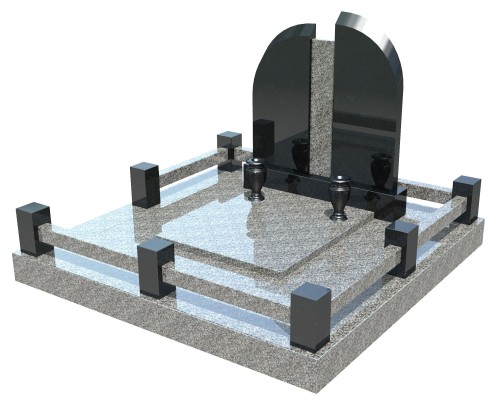
How to establish a monument Useful advice
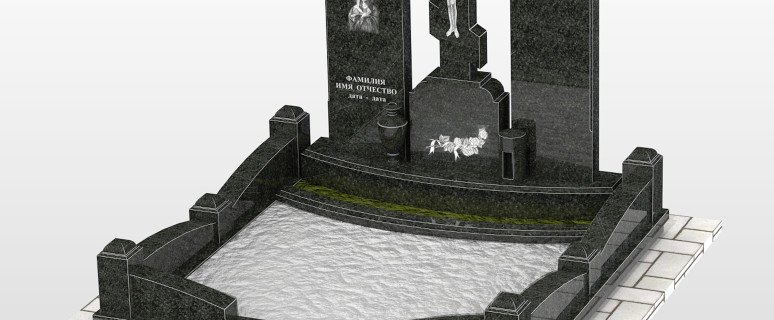
In most cultures of the world, the burial place of relatives and loved ones people is sacred, so everyone is trying to reflect it and keep clean. By tradition, the graves of their relatives are attended at least once a year, although many of us come there much more often. The main distinguishing feature of each scene of the burial is the monument. The shape of this structure for each cultural medium is different from small tombstones that are seriously noticed from the side, to huge memorial complexes and massive stone stele from expensive rock breeds. Next, we will tell you how to establish a monument on the grave yourself.
Content
Types of monuments
The design of the monument and the material from which it is manufactured depends on several factors:
- The traditions of the terrain in which the burial passes. Each cultural environment nominates its requirements for monuments, although, recently, they are becoming less and less relevant due to the cultural assimilation of peoples in new territories.
- Requirements of the cemetery administration. In our country, where cemeteries, for the most part, do not carry architectural value, such restrictions are practically absent. That is, you can put any monument that you want on any cemetery. But in some countries in the burial places there are certain requirements for the form and design of the graves, which must be strictly observed in order not to have problems.
- Monetary capabilities. In our country, the design of the monument and the material from which it is manufactured depends on the material capabilities of the customer.
These are the most common tombstones:
- Crosses are one of the most common monuments in our country. They can be both simple and cheap in the form of pipes or connected boards, and expensive marble and granite designs.
- Stela is probably the most popular view of the monument. It makes it various shapes and sizes. The most popular material for stele is granite and marble, but sometimes they are made of metal. Quite often, one stele is installed on two or more graves, which saves the means and place of installation. Especially beautiful, memorials from the black granite are particularly looking, on which drawings are applied by the engraving method, as a rule, portraits of buried people.
- Memorial complexes and complex structures. Such monuments by virtue of their high costs are set on the graves of rich people or celebrities. These complexes can combine steles combined with figures or bas-reliefs from marble, chapels and other elements.
Installation of monuments
Tombstone cross
Install the monument on the grave is permitted only after agreeing with the cemetery administration, in another case, you risk paying a fine. Mounting monuments are allowed only in the interval from April to October, because the installation of the structure in the freezle earth is not allowed. This is due to the fact that the soft soil usually does not withstand the memorial, from which it can turn on or fall.
As a rule, companies manufacturing monuments provide services for their installation, the cost of which is included in production. But, if the design is not too heavy, then install the monument on the cemetery can be independently. With certain skills and knowledge, this operation will not take much time. Next, we will look at how to perform installation by your own without resorting to the help of specialists.
As for the installation of tombstones, everything is simple here:
- dig a hole in the ground,
- insert the cross there,
- using the level, align its position and poured with a solution.
Granite monument
It is more difficult to establish a granite or marble monument. Standard construction consists of three main parts:
- The flower garden is a rectangular part that limits the territory of the grave (perennial flowers are often planted inside the flower garden).
- Pedestal is part of the monument (usually monolithic with a flower bed), which is installed by stele.
- Stela - the highest part of the monument.
The installation of the monument is usually carried out a year after the burial. During this time, the Earth will finally fall, will be lost and becomes a stronger base for the design.
Before starting work, it is necessary to assess the condition of the soil near the grave. If with the time of the soil is uneven, it must be aligned and tamper.
The installation of the granite monument is made on a concrete foundation. As a rule, it makes a belt. On the perimeter, the graves dig a small pit, placed in it reinforcement from fittings or rods and poured concrete. Concrete is prepared on the basis of grade 400 cement - 1 part and four parts of river sainted sand.
In the future, a flower bed with a pedestal is installed on the foundation. After installation, the design is aligned by level.
The process of arranging the stele depends on how it is completed. Usually it is made in two versions: hollow and complete. In the first of them, the manufacturer sets the guides from the reinforcement and fills the concrete, and in the second it does not fill. If the stele already has guides, then we pour concrete into the pedestal and install it. Align the design in terms of the level and wait when concrete "grab". The junctions between the stele and the pedestal gently close up with the help of a solution.
If the floor is hollow, then the process of its installation will be a little more difficult. In this case, we pour concrete into a pedestal and install the guides from the reinforcement. I turn over the monument and also pour concrete into it. In order for the solution evenly filled the inside of the stela, it must be gently shake. Then the hole is closed with polyethylene so that when installing the structure, concrete is not shed. After that, we neatly mount the stele to the guides (pierce the hole in the polyethylene - this will allow the concrete to get into the wells of the pedestal). With the next step, we carefully use polyethylene and finally install stele, aligning it in terms of level.
Some monuments are assembled by the so-called method "in the groove", when it goes to the longitudinal groove and poured concrete. This type of fastening is sufficiently durable, but in this case the stele thickness should not exceed 50 mm, otherwise the grooves itself may not withstand the weight of the structure.
Less often, some monuments are installed on the so-called "language". In this case, the stele of the monument at the bottom is narrowed and becomes like a "swallow tail". This part enters into the deepening of the pedestal with cement mortar. In this case, the inside of the "language" should be strengthened by reinforcement, since at a high height of the monument under the wind it can burst. Here, in principle, all that can be said about how to establish a monument itself.
Engraving angels on monuments http://danila-master.ru/articles/gravirovka-gelov-na-pamyatnikah.html.
Care for monuments
Like all things, monuments require care. Metal structures need anti-corrosion treatment, constructions from granite or marble in cleaning and polishing.
There are no special requirements for monuments. So, granite structures are cleaned of dust and dirt and polished with a dry cloth. For polishing of black marble, you can use the microfiber. Work on preventive care for monuments is best - in the middle of autumn and spring.
When caring for structures undesirable to use household chemicals. If there is not enough water to clean the dust, dirt or stains, it is worth knowing how one or another solution affects the material from which the monument is made so that the active substance does not damage the surface. It is better to use neutral solutions with a normal level of pH.




